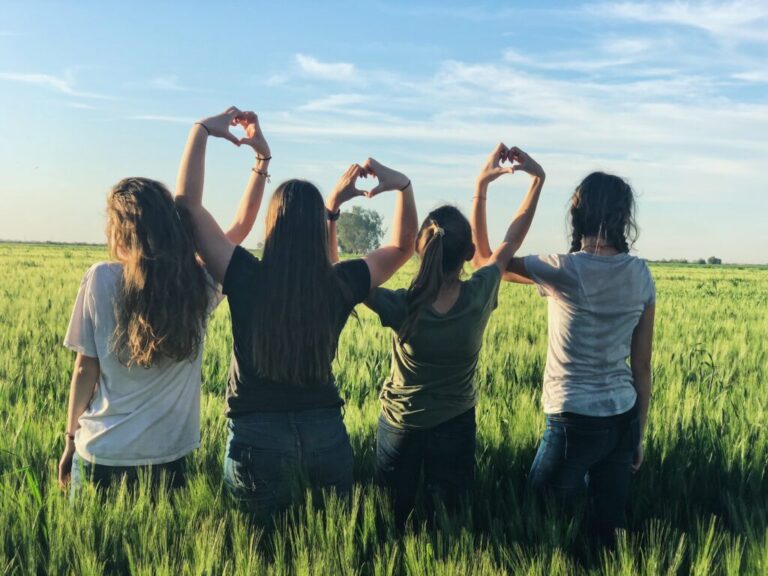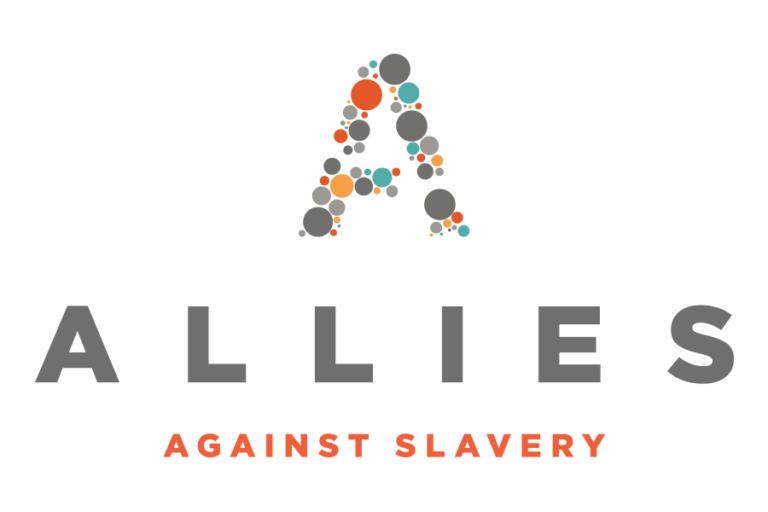Women’s History: An Indispensable Heritage
Photo from Unsplash.com In a special post for International Women’s Day, we are highlighting several brave activists who fought for women’s rights and equality from different eras and places around the world. These are but brief snapshots of full and complicated lives, but may they inspire pride, comfort, and long-range vision for an equal world. “Women’s…


